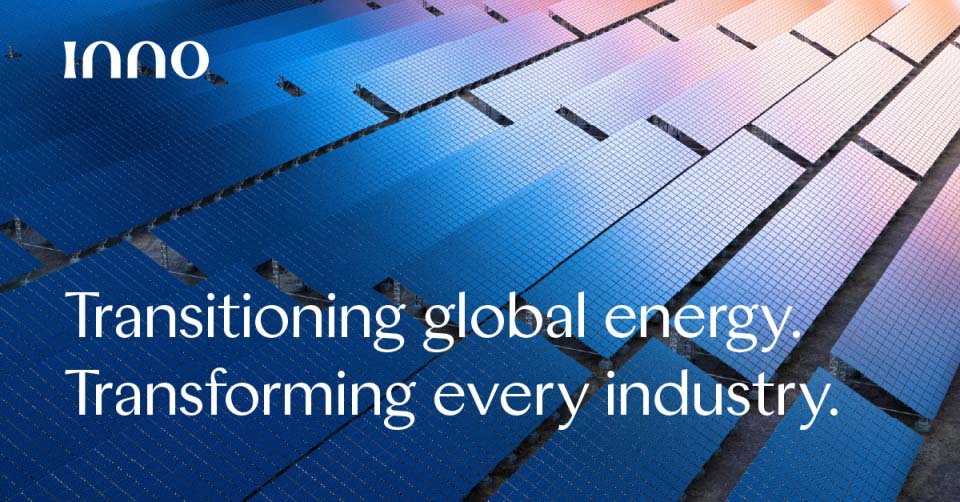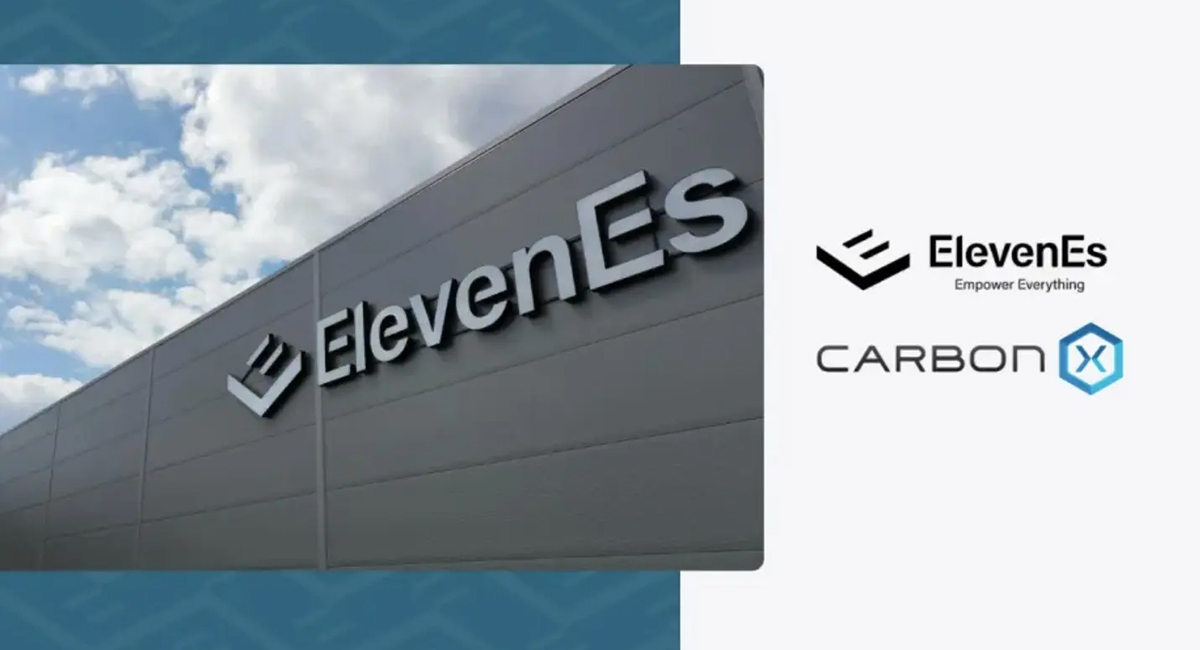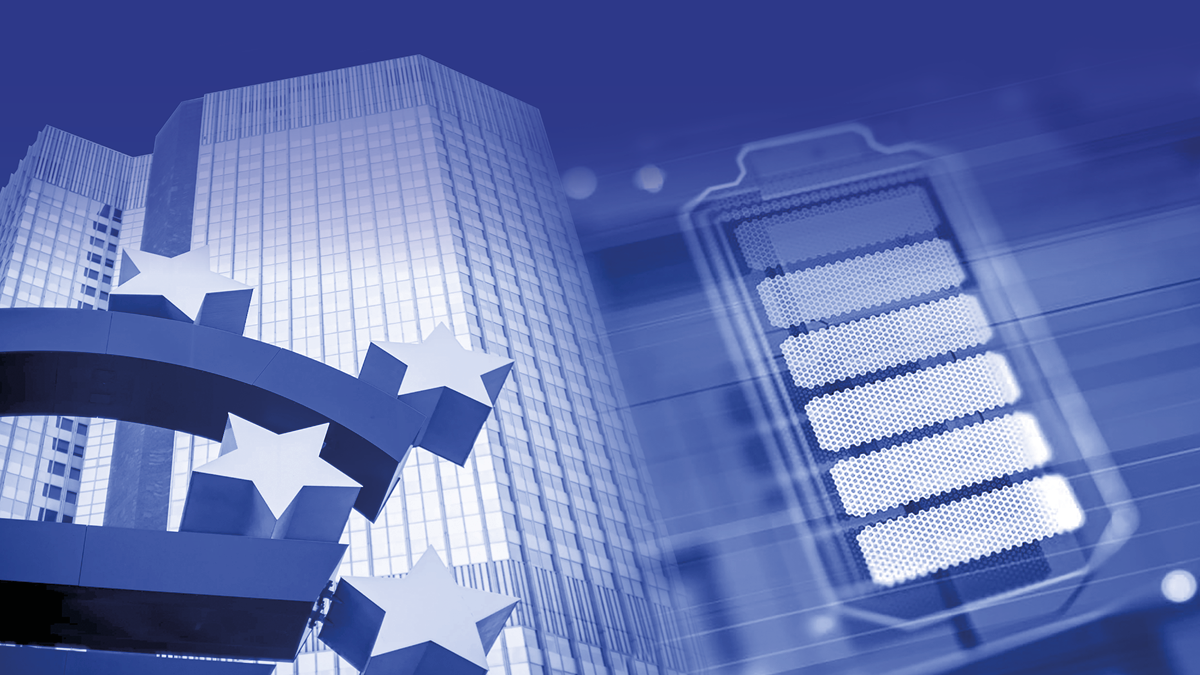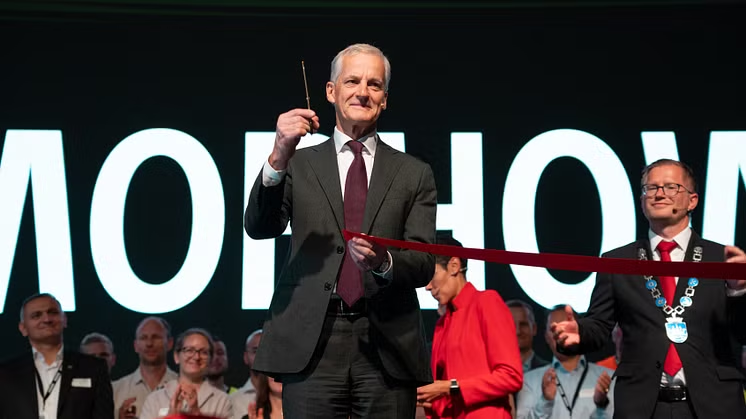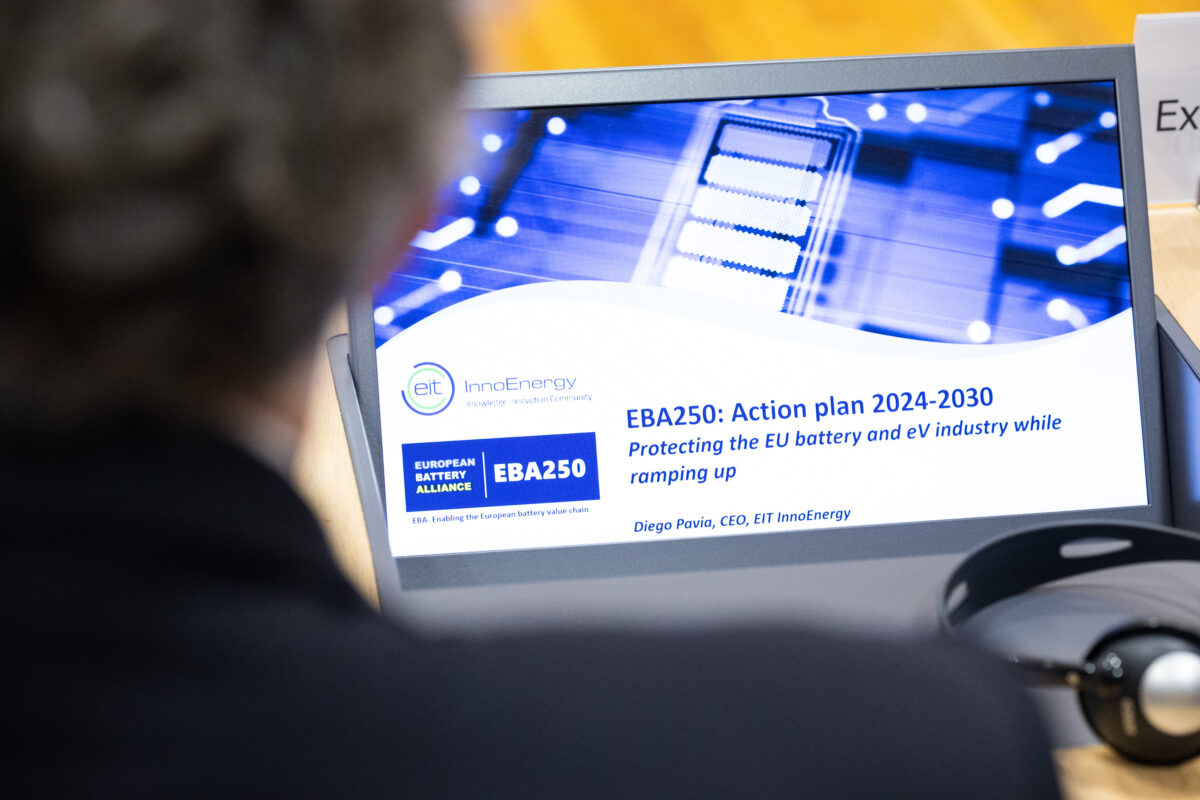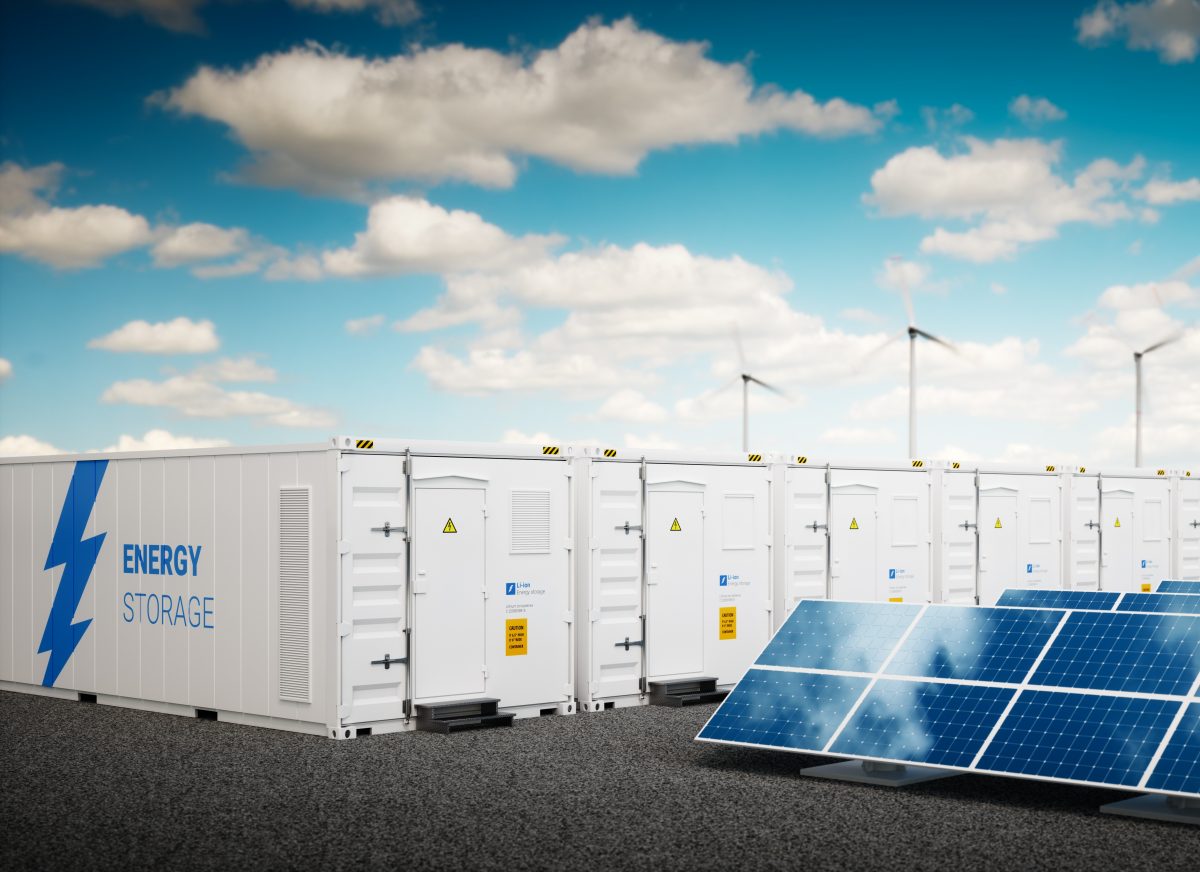
Jan 13, 2021
Fast-growing grid scale stationary battery storage
Stationary grid connected batteries are growing. There is an increasing number of them, serving an increasing number of functions. And they grow in size measured in power output or energy stored.
When this is written, the world’s largest battery system appears to be the 300 MW/1 200 MWh lithium-ion battery storage system inside a former turbine building at the Moss Landing gas fired power station in California.
The idea of using the grid infrastructure of a power plant is one of the economically efficient ways of locating batteries. Co-localisation with newly built solar or wind plants uses the same idea. It avoids the full cost of connecting large batteries to the grid, as per this example.
The four hour energy to power ratio, is suitable for California to meet evening demand after a sunny day.
In Italy, the grid operator Terna procured Fast Reserve to stabilise its grid, and awarded approx. 250 MW of battery capacity. Since Tesla demonstrated the superior performance and low cost of stabilising services at the Hornsdale Power Reverve, Australia, batteries increasingly win such procurements, showing the modern alternative to the 19th century solutions with synchronous generators offering “spinning reserve” and “inertia” in the electricity grid.
The Hornsdale battery used to be the world’s largest. But despite the economic profitability resulting in further investments increasing capacity at Hornsdale, the Moss Landing installation is now bigger. There too, a further capacity increase is already in preparation to reach a total of 400 MW/1 600 MWh. Despite this additional capacity, they may be overtaken by a new Australian challenger, as Origin Energy Limited just made public ambitions to install a 700 MW/2 800 MWh battery at its’ Eraring Coal fired station that is to be closed.
Lithium-ion batteries are economically attractive for balancing the grid on a timescale from fraction of a second to a few hours. This serves well to handle a tripping nuclear reactor, a suddenly failing power line or balancing solar daily variation.
When managing longer periods of failing large power plants, or to balance wind viability, other kinds of batteries or a combination of batteries with flexible hydrogen production or other industrial processes are better.
There are economic driving forces to substitute large thermal power plants with combinations of renewables electricity generation, batteries and hydrogen or other flexible electricity users. As the total cost of solar and wind electricity is continuing downward, the capacity to pay for supplementary batteries will increase – while still out-competing thermal power plants.
The demand for batteries supporting the electricity grid will as a result grow significantly in the coming decade, increasing battery demand further than just the booming electric car sales.
More EBA250 news
InnoEnergy, the driving force behind the EBA250 initiative, introduces today its new brand identity,…
The new EU-funded facility will enhance global raw materials partnerships and access to Critical…
Last week, InnoEnergy and EBA250 represented the battery value chain in Brussels alongside Verkor…
ElevenEs, a European LFP lithium-ion battery manufacturer, has signed a Joint Development Agreement with…
The European battery industry has come a long way since the launch of the…
The 2024 Innovation Fund calls for proposals have been launched this week, with a…
Altris, a pioneering Swedish developer of sodium-ion battery technology, has reached significant milestones that…
Last Friday, Morrow Batteries officially inaugurated the first giga-scale LFP (Lithium Iron Phosphate) cell…
On May 24, 2024, the 8th High-Level Meeting of the European Battery Alliance (EBA)…
Following the recent announcement from EVP Šefčovič on the need to support manufacturing of…
